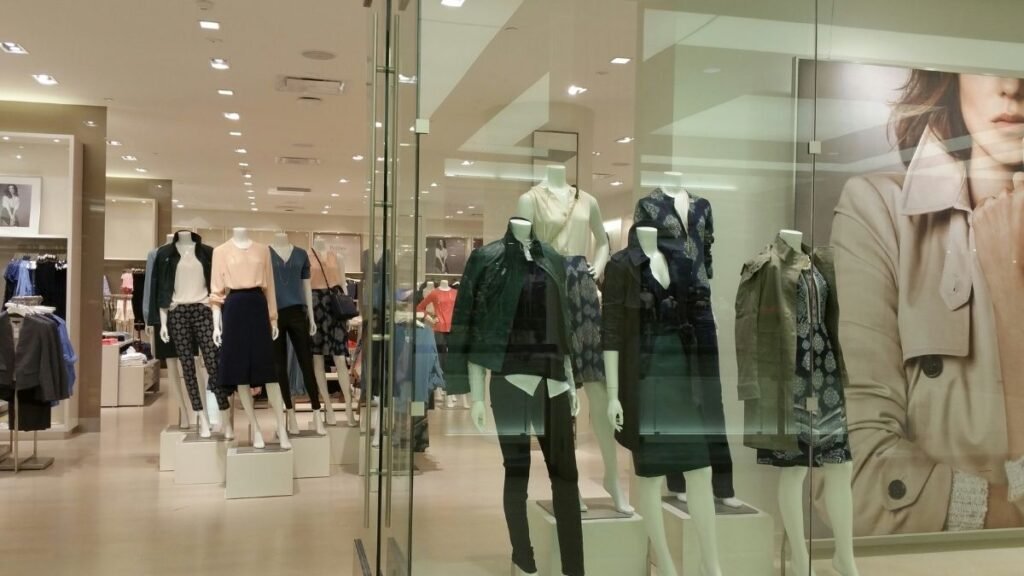US retail sales in March rose stronger than expected, with the previous month’s numbers also increasing. This shows resilient consumer demand, which continues to support a robust economy. According to data from the Commerce Department released Monday, retail purchases not adjusted for inflation increased by 0.7% from February. This matched the highest estimate among economists surveyed by Bloomberg. When excluding cars and gasoline, sales went up by 1%.
The “control-group sales,” which are important for calculating GDP, saw a 1.1% increase. This measure excludes sales from food services, auto dealers, building materials stores, and gasoline stations.
US Retail Sales in March
The report of US retail sales in March showed a strong momentum in consumer spending as the US economy moved into the second quarter. As long as the strong job market supports household demand, there will always be a concern that inflation might become firmly established in the economy. This could further delay any interest rate cuts from the Federal Reserve.
The US retail sales in March exceeded expectations, showing a solid increase in online retail receipts. This report, released by the Commerce Department on Monday, adds evidence that the economy finished the first quarter in a solid position. With robust employment gains in March and a rise in consumer inflation, it is now more likely that the Federal Reserve might delay interest rate cuts until September.
Andrew Hunter, Deputy Chief US economist at Capital Economics, said that the US retail sales in March showed increased employment growth. He added that the continued strength in consumer spending suggests the Fed will likely wait longer before considering interest rate cuts.
Following the US retail sales report in March, stock futures maintained gains, and Treasury yields increased. Traders are still predicting that the Fed’s first rate cut will likely occur well into the second half of this year.
What Economists Say
Estelle Ou and Eliza Winger, Bloomberg economists, said that consumers are still mindful of high interest rates, but rising incomes continue to support their daily spending. The strong data from US retail sales in March shows that consumer spending in the second quarter will be stronger than initially anticipated. This could mean that this year’s expected gradual slowdown in consumption might be further postponed.
Another Bloomberg economist, Chris Middleton, said that Monday’s report on US retail sales in March also showed increased spending at restaurants and bars, the only service-sector category mentioned. Additionally, purchases at grocery stores saw their biggest increase since August. However, other data show that consumers might be facing more financial strain. According to a report from the Philadelphia Fed, the US credit-card delinquency rates hit record highs in the fourth quarter.
Economists at Bank of America Securities said that lower-income consumers have been hit hardest by inflation but have benefited most from the strong job market. Since the beginning of the pandemic, lower-income workers have experienced the biggest wage increases.
Robert Frick, corporate economist at Navy Federal Credit Union, said that consumer spending now relies on paychecks as stimulus programs have ended and their funds have been used.
Read Also:
Bank of Canada Raised the Neutral Rate: All About You Need to Know
Bank of Canada Rate Decision Out, Rates Remain Steady for the Sixth Time
Biden’s New Student Loan Forgiveness Plan: All You Need to Know
